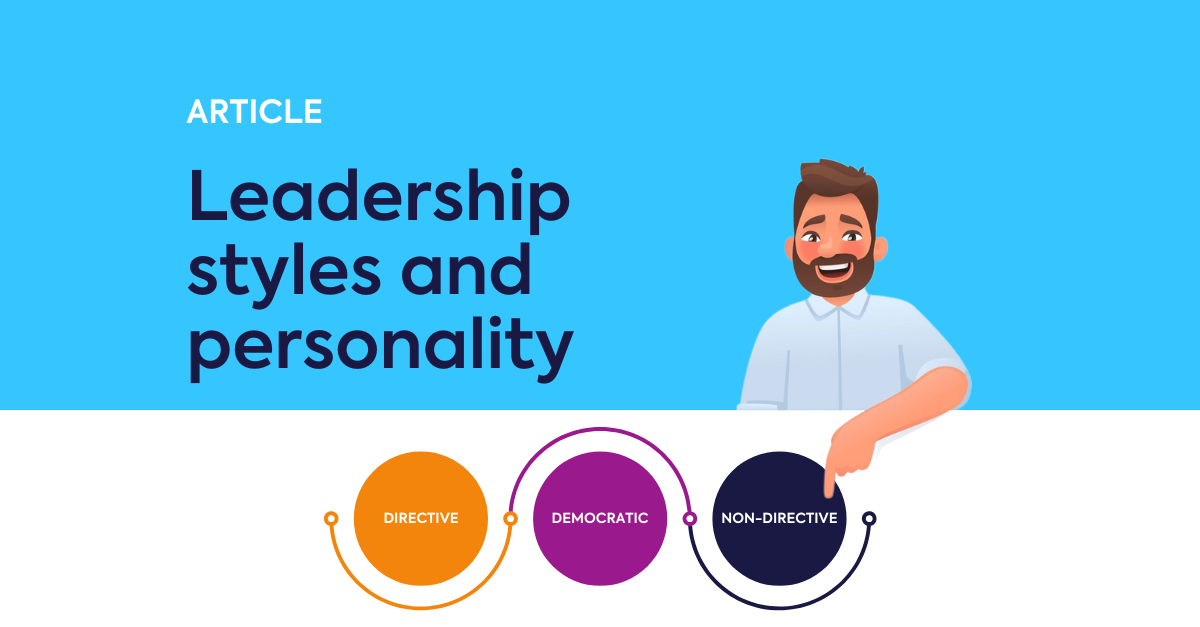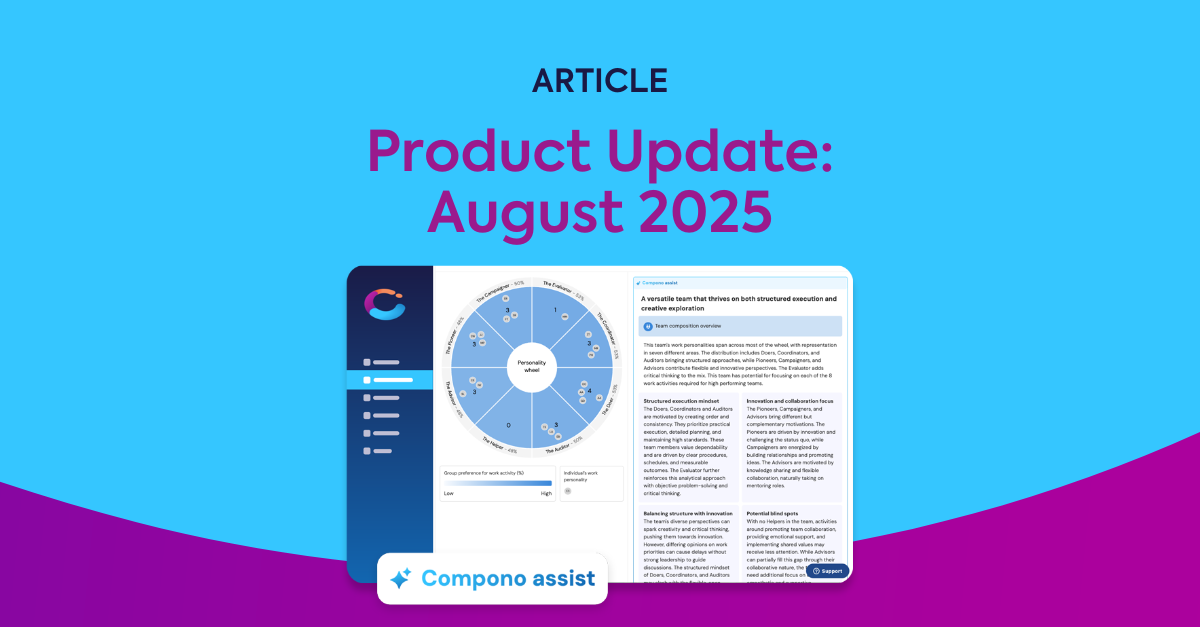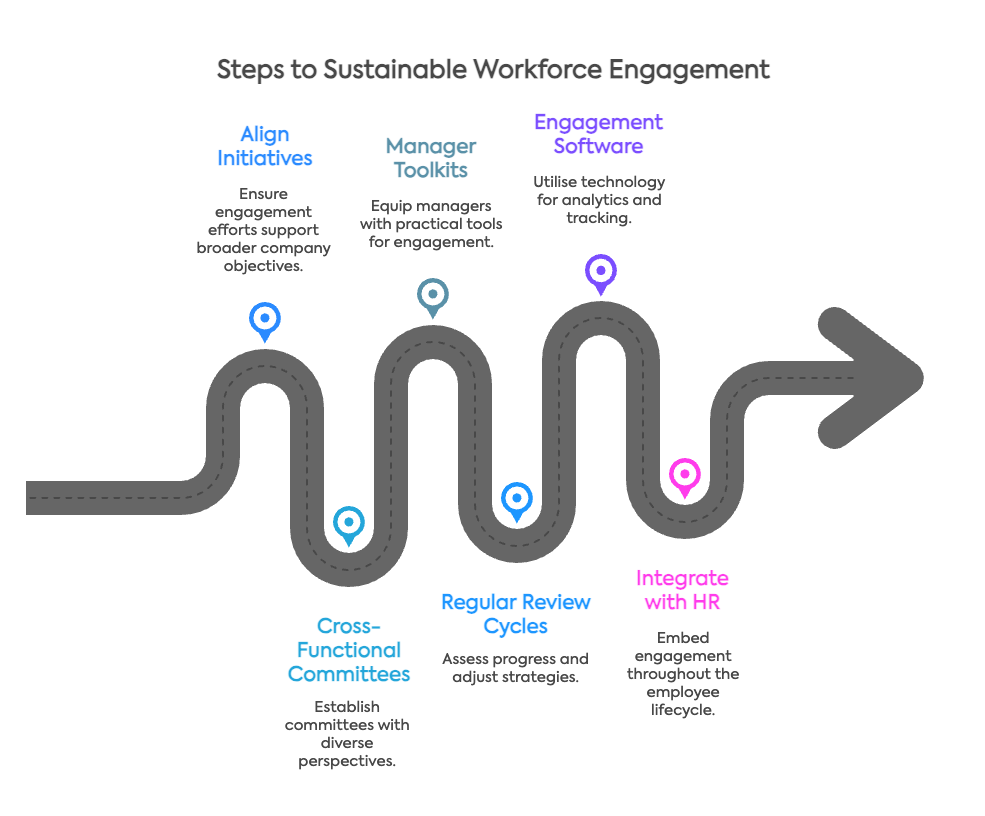Full Research: What Personality Traits Reveal About Leadership Potential (and What Surprised Us)
June 2025 | Insight from Compono’s Work Personality Research What kind of personality makes a great leader? Do strategic thinkers rise to the top?...
Become the expert on delivering
valid and fair assessments for
your training and education.
Hire
|
Engage
|
Develop
|
|
Automatically match to candidates who are a great fit for your team culture and who are intrinsically motivated to succeed. |
Deeply understand your organisation with science-backed analytics on your culture, team design, and engagement. |
Back your onboarding, compliance and skill development with industry-leading credentialling, competency and capability expertise.
|
Hey Compono helps you understand your personality and how to turn it into your superpower.
First 1,000 users get 10 minutes free.
Just $15 a month after that — cancel anytime.

The impact of a leader is undeniable, yet we rarely pause to consider why we exhibit certain leadership styles and are naturally drawn to specific approaches. What shapes these preferences, and why do we feel more comfortable leading in certain ways than others?
Our personality is pivotal in influencing our behaviour, work preferences, and leadership style. Whether we lean toward structure and control or creativity and collaboration, these natural tendencies guide how we interact with others and make decisions.
While extensive research shows there is no one "best" leadership style—each comes with its strengths and weaknesses—the key to effective leadership lies in adapting your style to the situation, whether that means offering clear direction in a crisis or encouraging collaboration in more creative contexts. However, simply knowing that you need to adapt your approach doesn’t necessarily make it easier to apply.
The real challenge is that true adaptability requires more than just recognising the need to change; it begins with a deep understanding of how your personality influences your leadership style. Before you can effectively adjust your approach, you need a clear understanding of your natural tendencies.
With this foundation, you can lead with greater awareness, making thoughtful, strategic adjustments when the situation demands it—ultimately becoming the leader your team can rely on, no matter the circumstances.
Leadership can be viewed along a continuum, ranging from Directive to Non-Directive styles.

On one end, Directive Leadership involves high levels of control and structure, with the leader making key decisions and providing clear, specific instructions to the team.
In the middle of the continuum is Democratic Leadership, which balances leader guidance with team input, encouraging collaboration and shared decision-making.
At the other end is Non-Directive Leadership, a hands-off approach where the leader grants the team autonomy, trusting them to make their own decisions and manage tasks independently.
This continuum reflects the varying degrees of control and flexibility that leaders may apply, depending on the situation and team dynamics. Below is a more thorough explanation of each leadership style:
Our personalities influence how we interact with the world, including how we lead and work with others. Based on our personalities we have natural preferences for certain types of work, behaviour, and situations that bring out the best in us.
Based on our personality, some individuals gravitate toward Directive Leadership due to their preference for structure and clarity, where they can provide clear guidance and maintain control over processes and decision-making.
For others, their personality allows them to naturally thrive in Democratic Leadership roles and situations, where collaboration, shared decision-making, and creativity are emphasised. These individuals prefer engaging with their teams, seeking input, and working together toward common goals.
Others have a natural tendency and fit for Non-Directive Leadership, a more hands-off approach. They trust their teams to work independently while offering support as needed. Their focus is on empowering their team members and fostering innovation.
While these natural tendencies clarify our default leadership style, it’s important to remember that personality is not a destination. Leadership styles can be adapted and refined depending on the context and the needs of the situation.
Below is insight as to the most preferred leadership style given a person’s personality type:
Directive Leadership
Democratic Leadership:
Non-Directive Leadership:
While we may have natural leadership tendencies based on our personality type, effective leadership requires flexibility. There is no one-size-fits-all approach, and different situations demand different leadership styles.
A Directive Leadership approach might be necessary in crises where quick decisions need to be made, even if your natural tendency is more collaborative.
On the other hand, leaders who prefer Directive Leadership may need to embrace a more Democratic or Non-Directive style when working with highly skilled teams who thrive on autonomy and innovation.
The best leaders know how to shift their approach when their situation evolves. Flexibility in your leadership style allows you to harness your strengths while also adapting to the needs of your team and the demands of the task at hand.
Do you need some guidance for your specific situation?
With three specific leadership styles - Directive, Democratic, and Non-Directive - we can help you match your work personality to your leadership approach.
Take our leadership style assessment to determine the most appropriate approach for your situation.
It only takes 2 minutes and is great for novice and seasoned leaders.
-1.png)
June 2025 | Insight from Compono’s Work Personality Research What kind of personality makes a great leader? Do strategic thinkers rise to the top?...

Follow our monthly product updates as we share the latest features to help you strategically design and develop teams and the work environment. ...

Here’s something that might surprise you: organisations with highly engaged employees see 23% higher profitability and 18% greater productivity. A...